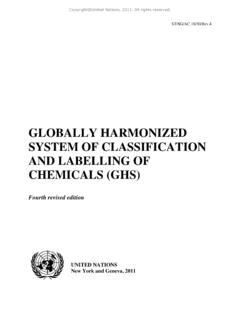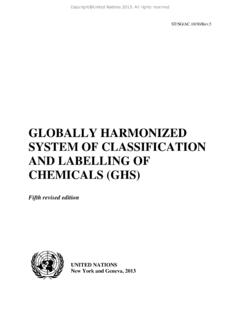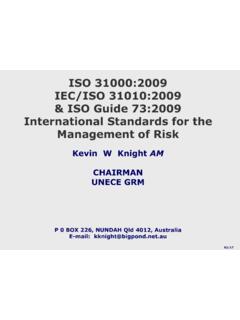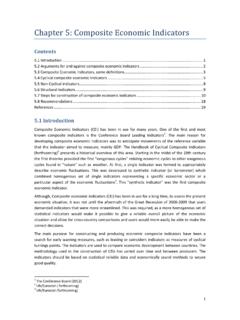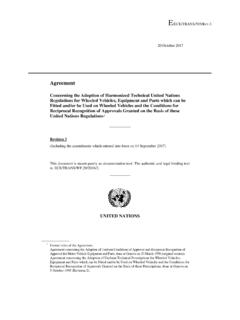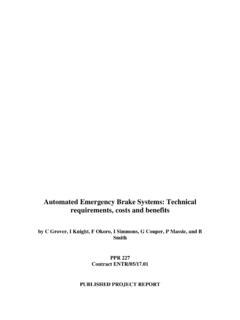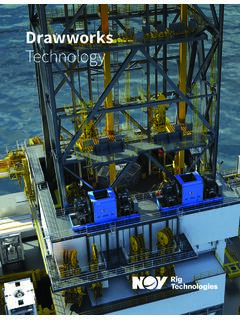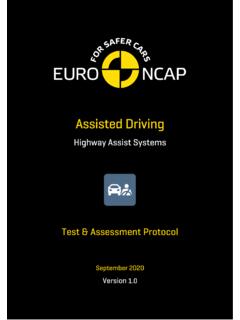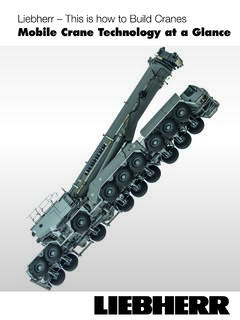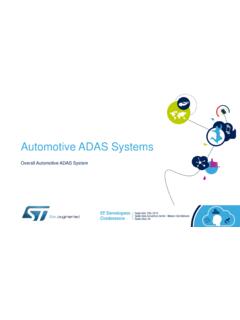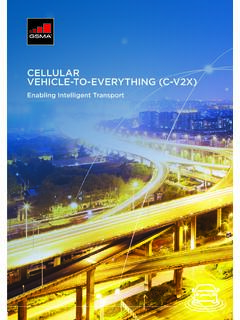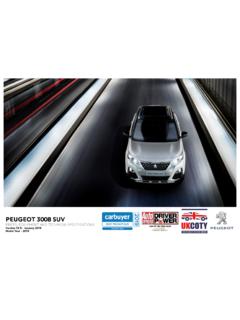Transcription of Agreement - UNECE
1 Agreement Concerning the Adoption of Harmonized Technical United Nations Regulations for Wheeled Vehicles, Equipment and Parts which can be Fitted and/or be Used on Wheeled Vehicles and the Conditions for Reciprocal Recognition of Approvals Granted on the Basis of these United Nations Regulations* (Revision 3, including the amendments which entered into force on 14 September 2017) _____ Addendum 156 UN Regulation No. 157 Date of entry into force as an annex to the 1958 Agreement : 22 January 2021 Uniform provisions concerning the approval of vehicles with regard to Automated Lane Keeping Systems This document is meant purely as documentation tool. The authentic and legal binding text is: ECE/ _____ UNITED NATIONS * Former titles of the Agreement : Agreement concerning the Adoption of Uniform Conditions of Approval and Reciprocal Recognition of Approval for Motor Vehicle Equipment and Parts, done at Geneva on 20 March 1958 (original version); Agreement concerning the Adoption of Uniform Technical Prescriptions for Wheeled Vehicles, Equipment and Parts which can be Fitted and/or be Used on Wheeled Vehicles and the Conditions for Reciprocal Recognition of Approvals Granted on the Basis of these Prescriptions, done at Geneva on 5 October 1995 (Revision 2).
2 E/ECE/TRANS/505 4 March 2021 3 E/ECE/TRANS/505 3 UN Regulation No. 157 Uniform provisions concerning the approval of vehicles with regard to Automated Lane Keeping Systems Contents Page Regulation Introduction .. 5 1. Scope and purpose .. 6 2. Definitions .. 6 3. Application for approval .. 8 4. Approval .. 8 5. System Safety and Fail-safe Response .. 9 6. Human Machine Interface / Operator Information .. 13 7. Object and Event Detection and Response .. 19 8. Data Storage System for Automated Driving .. 20 9. Cybersecurity and Software-Updates .. 21 10. Modification of vehicle type and extension of approval .. 22 11. Conformity of production .. 23 12. Penalties for non-conformity of production.
3 23 13. Production definitively discontinued .. 23 14. Names and addresses of Technical Services responsible for conducting approval tests and of Type Approval Authorities .. 24 Annexes 1 Communication .. 25 2 Arrangements of approval marks .. 32 3 (Reserved) .. 33 4 Special requirements to be applied to the safety aspects of electronic control systems and Audit .. 34 5 Test Specifications for ALKS .. 64 E/ECE/TRANS/505 4 Introduction The intention of the Regulation is to establish uniform provisions concerning the approval of vehicles with regard to Automated Lane Keeping Systems (ALKS). ALKS controls the lateral and longitudinal movement of the vehicle for extended periods without further driver command.
4 ALKS is a system whereby the activated system is in primary control of the vehicle. This Regulation is the first regulatory step for an automated driving system (as defined in ECE/ ) in traffic and it therefore provides innovative provisions aimed at addressing the complexity related to the evaluation of the system safety. It contains administrative provisions suitable for type approval, technical requirements, audit and reporting provisions and testing provisions. ALKS can be activated under certain conditions on roads where pedestrians and cyclists are prohibited and which, by design, are equipped with a physical separation that divides the traffic moving in opposite directions and prevent traffic from cutting across the path of the vehicle.
5 In a first step, the original text of this Regulation limits the operational speed to 60 km/h maximum and passenger cars (M1 vehicles). This Regulation includes general requirements regarding the system safety and the failsafe response. When the ALKS is activated, it shall perform the driving task instead of the driver, manage all situations including failures, and shall not endanger the safety of the vehicle occupants or any other road users. There is however always the possibility for the driver to override the system, at any time. The Regulation also lays down requirements on how the driving task shall be safely handed over from the ALKS to the driver including the capability for the system to come to a stop in case the driver does not reply appropriately.
6 Finally, the Regulation includes requirements on the Human-Machine Interface (HMI) to prevent misunderstanding or misuse by the driver. The Regulation for instance requires that on-board displays used by the driver for other activities than driving when the ALKS is activated, shall be automatically suspended as soon as the system issues a transition demand. These measures are without prejudice to driver behaviour rules on how to use these systems in the Contracting Parties as currently being discussed by the Global Forum for Road Traffic Safety ( ) at the time of drafting this document (See Informal Document 4 Revision 1 of the seventy-eight session of ). E/ECE/TRANS/505 5 1. Scope and purpose This Regulation applies to the type approval of vehicles of Category M11 with regards to their Automated Lane Keeping System.
7 2. Definitions For the purposes of this Regulation: "Automated Lane Keeping System (ALKS)" for low speed application is a system which is activated by the driver and which keeps the vehicle within its lane for travelling speed of 60 km/h or less by controlling the lateral and longitudinal movements of the vehicle for extended periods without the need for further driver input. Within this Regulation, ALKS is also referred to as "the system". "Vehicle Type with regard to Automated Lane Keeping System (ALKS)" means a category of vehicles which do not differ in such essential aspects as: (a) Vehicle features which significantly influence the performances of ALKS; (b) The system characteristics and design of ALKS.
8 "Transition demand" is a logical and intuitive procedure to transfer the Dynamic Driving Task (DDT) from the system (automated control) to the human driver (manual control). This request is given from the system to the human driver. "Transition phase" means the duration of the transition demand. "Planned event" is a situation which is known in advance, at the time of activation such as a journey point ( exit of a highway) etc. and which requires a transition demand. "Unplanned event" is a situation which is unknown in advance, but assumed as very likely in happening, road construction, inclement weather, approaching emergency vehicle, missing lane marking, load falling from truck (collision) and which requires a transition demand.
9 "Imminent collision risk" describes a situation or an event which leads to a collision of the vehicle with another road user or an obstacle which cannot be avoided by a braking demand with lower than 5 m/s2. "Minimum Risk Manoeuvre (MRM)" means a procedure aimed at minimising risks in traffic, which is automatically performed by the system after a transition demand without driver response or in the case of a severe ALKS or vehicle failure. " emergency Manoeuvre (EM)" is a manoeuvre performed by the system in case of an event in which the vehicle is at imminent collision risk and has the purpose of avoiding or mitigating a collision. Speed "Specified maximum speed" is the speed declared by the manufacturer up to which the system operates under optimum conditions.
10 "Maximum operational speed" is the speed selected by the system up to which the system operates under current environmental and sensor conditions. It is the maximum vehicle speed at which the system may be active and shall be 1 As defined in the Consolidated Resolution on the Construction of Vehicles ( ), document ECE/ , para. 2 - www. E/ECE/TRANS/505 6 determined by the capability of the sensing system as well as the environmental conditions. "Present speed" or "speed" is the current speed selected by the system due to traffic. "Detection range" of the sensing system is the distance at which the system can reliably recognise a target, taking account of the deterioration of components of the sensing system due to time and usage throughout the lifetime of the vehicle and generate a control signal.


